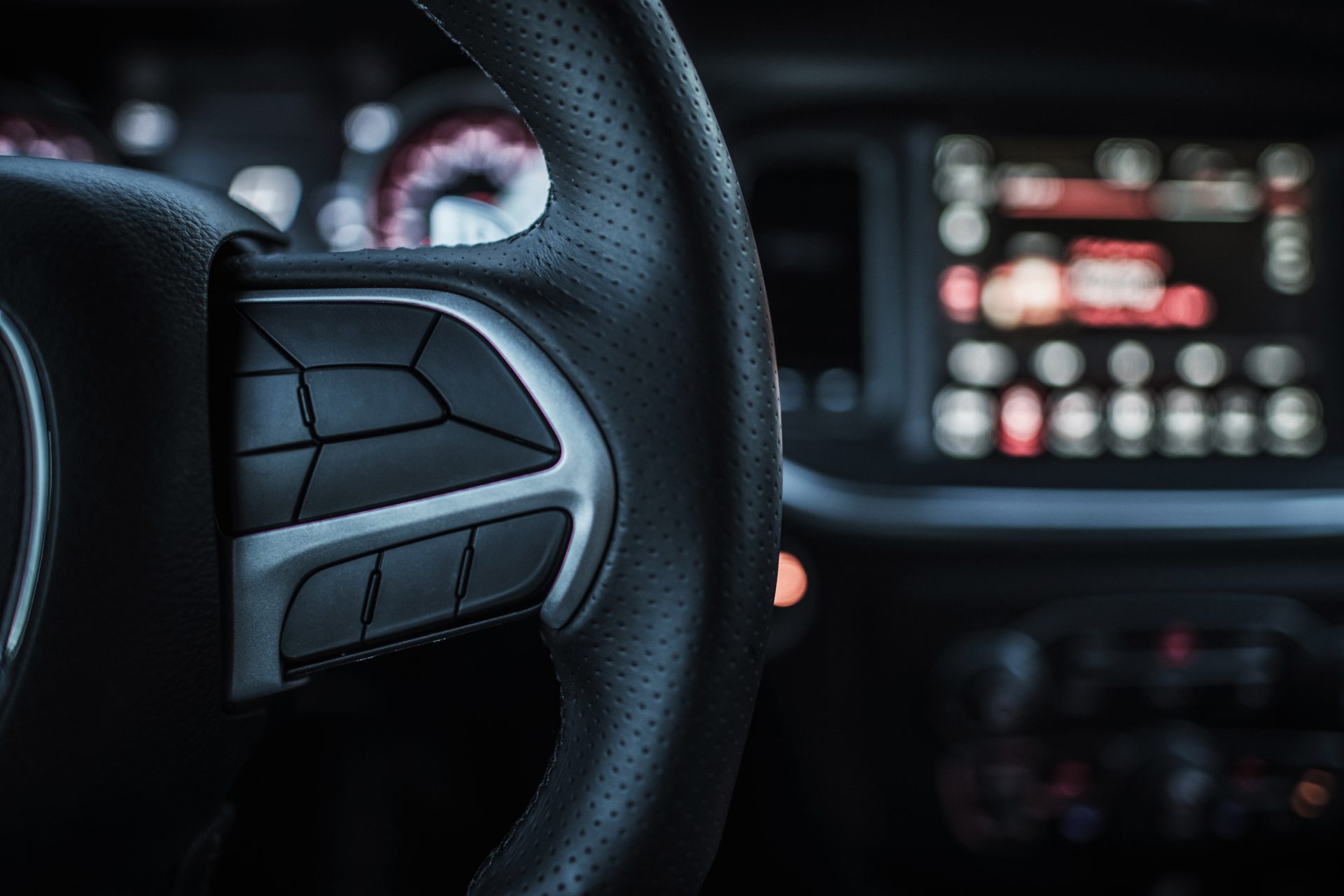Driving is just like Dancing
Teaching a Learner Driver is like watching a beginners Rod routine
It’s scary. It’s dangerous. And all you can do is supervise closely and hope that it will improve with time and practice.
How can 16 year olds with such enviable skill and dexterity on stage have difficulties memorising the placement of two pedals and struggle with the co-ordination to move their foot between them? It seems a completely foreign concept that the same foot can be used to manage both the brake and accelerator function. That right foot achieves multiple movements on stage. Even in time to music. Yet in a car, it hovers paralysed over the pedals. “Which one is the brake?”
When faced with the challenge of driving lessons, it might be helpful to relate to an environment that we are more familiar with – dancing.
Anybody who has ever picked up a rod knows that calisthenics is not quite intuitive. It requires lessons that teach the required skills by breaking down movements. And practice. And more practice. Starting with the basics and progressing to more difficult elements.
Calisthenics and driving share several elements.
Road rules are like the ACF National Rules and Regulations. They exist for reasons of safety, fairness and the interests of all participants. Breaching either set of rules can have serious consequences.
Road traffic is like a collection of solo performers on stage at the same time. If everybody else is doing pliés, you are safe to proceed with your jeté. But not everybody can be doing fancy leaps at the same time. As with preparation for poses and movements, cues can help determine the action a driver is about to take.
- heads are generally positioned facing the direction of destination. It doesn’t make sense to move downstage whilst facing the back. Vehicles have the advantage of blinkers to indicate direction.
- position can be indicative of the next move. Travelling to the outer edge of the stage can signal the beginning of the exit routine. Traffic sitting in either the left or right turning lane has a strong chance of actually turning. Vehicles in the middle lanes have little choice but to proceed straight ahead.
- round-abouts should be as graceful as Aesthetics. Establish where others are positioned, fill in time with a pose, and slide smoothly through the intersection when the flow permits.
- merging traffic is like a March routine. Keep pace with everybody else. Signal your intention and move confidently, hoping that others move slightly enough for you to slot into the intended position.
- road-markings communicate instructions and stopping points, much like the masking-taped crosses on the stage. Rippled alert strips on the side of the road provide a wake-up message with the same seriousness as the upstage red taped line at Her Majesty’s Theatre that screams not to get any closer to the back cyc.
Team Work is required to ensure that all participants perform well. The goal of an individual dancer in a team calisthenics item is not to stand out and show-off individual skills, but to blend within the item so that the whole team looks good. Be aware of other road users and respect that everybody is trying to reach a destination safely. There’s no place for show-offs on the road.
Speed limits can be compared to music. Choreography is created to match the feel, tempo and style of music. Safe speed limits are created based on road conditions and local knowledge. You wouldn’t ignore the beat and break into March during an Aesthetics item. Nor would you ignore the speed limit and set your own pace.
Props can sometimes cause distractions rather than enhance an item. We’ve all watched a background DLP and forgotten about the performers. Conversation and music should be kept to a minimum in favour of concentrating on the actual task of driving.
Mobile phones whilst driving are like banned movements in solos. They might look impressive, but the result is instant disqualification with no right to appeal. In this case the outcome is actually justified. Just don’t do it.
When the curtain comes up (or the ignition is started), everybody must be positioned correctly, with required apparatus, ready to concentrate. Keep calm, remember previous corrections and concentrate on the task. Be prepared for unexpected movements and react appropriately. And know that just like calisthenics skills, driving will get easier with practice.




